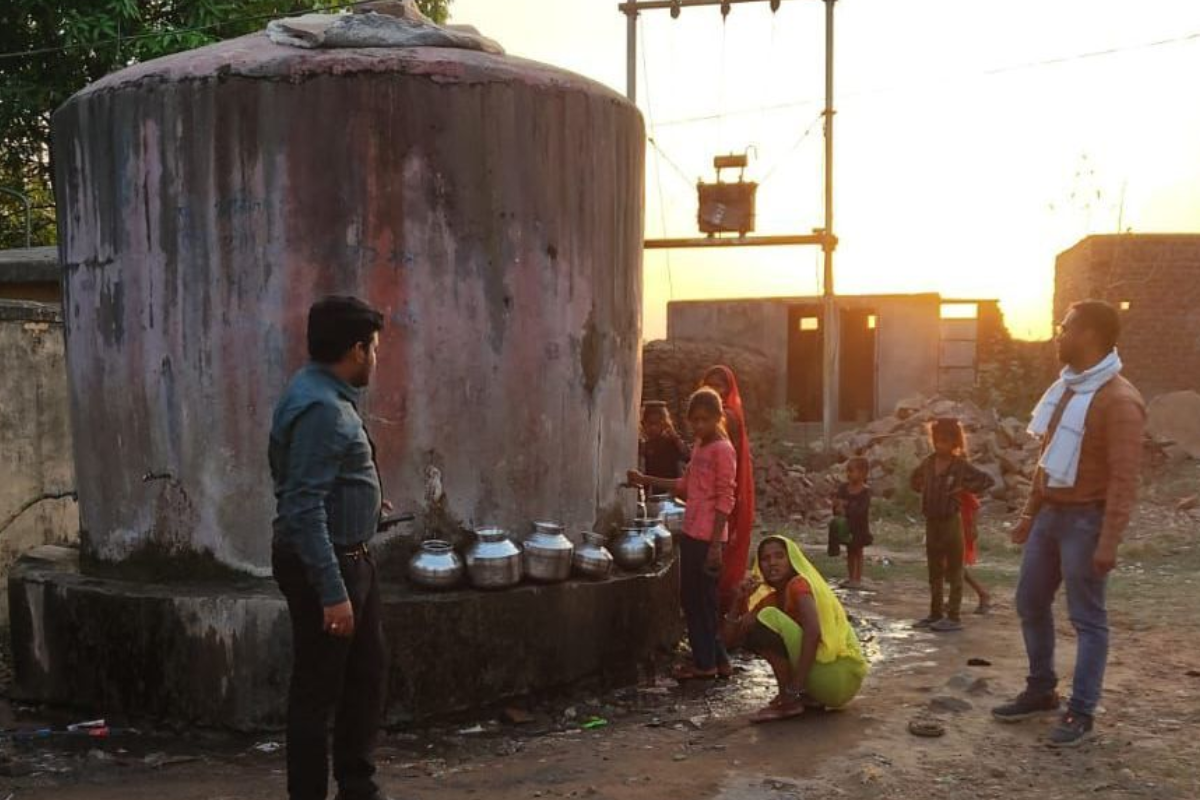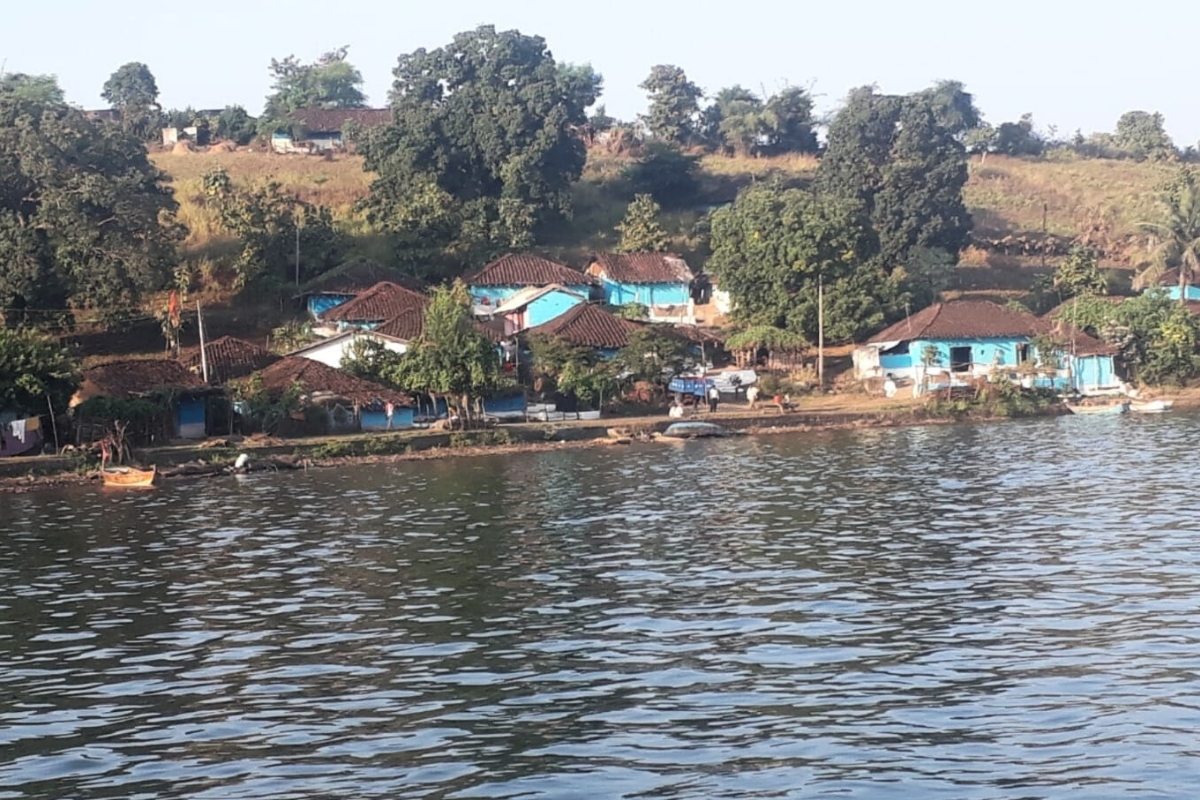In Madhya Pradesh State, about 35% of the wells show a decline in water levels up to 2 metres in the eastern and southern parts of the district. 44% of the wells show a rise and the remaining 53% of wells show a decline in water levels.
Groundwater yearbook observed a decline in water levels up to 2 metres in about 23.68 % of wells in Sheopur, including other districts like Vidisha, Ratlam, Barwani, Jhabua, Khandwa, Betul, Guna, Shivpuri, Ashoknagar, Shahdol, Anuppur and in small pockets in the entire state.
The district is located in the north of the state and forms part of the Chambal Division. The town of Sheopur is the district headquarters. The Sheopur Kalan district borders Rajasthan in the west and Uttar Pradesh in the north. The adjacent districts are Morena, Gwalior and Bhind in the east and Shivpuri in the south. There are 3 major rivers in Sheopur district namely Chambal, Seep and Kuno. The water in these three river bodies gets dried up during summer. The major source of irrigation in the district is the canal.
Forest Cover
According to the India State of Forest Report 2019, the geographical area of Sheopur district is 6606 sq km, out of which 6 sq km is covered by dense forest, 1395.23 sq km is covered by moderately dense forest, & 2028.77 sq km is covered by open forest. The green area cover of the district is 52.38%. In district Sheopur, southeast of Chambal, is a plateau region that leads to a range of forested hills in the east of the district, where lies Kuno Wildlife Sanctuary. The average rainfall in the area is 750 mm per year.
Between 2017 and 2019, according to an assessment, Sheopur lost around 26 sq km of its forest area.
A report projects an increase in drought conditions in some parts of Madhya Pradesh (parts of Morena, Sheopur, Tikamgarh, Shivpuri, Gwalior and Datia districts) towards mid-century and end-century. The district is situated in the Chambal region of Madhya Pradesh, which faces both floods and droughts.

Water Supply in Sheopur
According to an Asian Development Bank document, the water supply in Sheopur Kalan is primarily dependent on subsurface water sources. At present, water is drawn from 84 municipal tube wells with a diameter of 150 mm and a yield of 10 to 12.5 KL/hour located across the town.
The entire Sheopur Kalan is supplied from groundwater sources (tube wells). The present distribution system was laid in 1975 and thereafter it was increased based on requirement and demand. These pipelines are old and dilapidated and need to be replaced.
According to the Jal Jeevan Mission, 71 (14% of all) villages are covered under Har Ghar Jal and 445 ( 86% of all ) villages under Non-Har Ghar Jal. But the realities might be slightly different.
Chambal Region impacted due to sand mining
The Chambal region in Madhya Pradesh, which includes Sheopur district, is home to critically endangered gharials and endangered species of dolphins. The region is threatened due to the poor flow of water in the Chambal River and developmental projects in and around the region.
The Chambal River originates from the Janapao hills in the Indore district of Madhya Pradesh and flows through Indore, Ujjain, Ratlam, and after Mandsaur through Rajasthan. It enters Morena district north of Nitanvas, makes the inter-state natural boundary between Madhya Pradesh and Rajasthan, and flows ahead. After that, it joins the Yamuna River in Etawah district in Uttar Pradesh after traversing for over 950 kilometres.
Last year, the National Green Tribunal observed that sand mining in the National Chambal Sanctuary had expanded rapidly. Several formerly unspoiled areas are now being continuously exploited for sand.
“The Rithora sand bank has been completely levelled. Until 2019, there used to be at least 35 gharial nests at the Rithora sand bank. However, the nesting site does not exist anymore due to illegal mining,” the NGT, July 25, 2023, noted.
Keep reading
“We are made homeless”: Fishermen lose their livelihood and home due to Omkareshwar Floating Solar
Villages without Amrit Sarovar facing severe water crisis in MP
MP Balram Talab Yojana 2023: Farmers get support to build ponds
Will the Ken-Betwa project benefit the Bundelkhand region?








